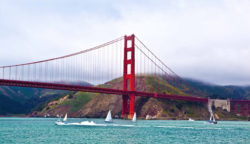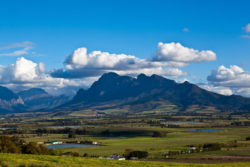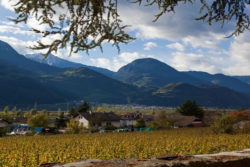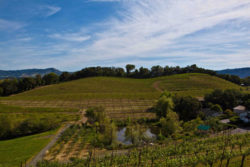The style of producing wine even has "reason of state". Harvested when perfectly ripe - better with the machine than by hand - and the cold-reductive fermentation produce a wine that is exotically fruity, practically free of any sub-notes of flavour. The New Zealand government requires winemakers to produce an export certificate in which the above characteristics are tested, amongst others. Even the research into the production of low-alcohol wines using a new fermenting method is supported by state authorities. This makes the modern Sauvignon Blanc the perfect choice for people who do not like much experimentation but want a good "down-to-earth" wine. Women are very often said to be the primary purchaser of this uncomplicated and fruity Sauvignon Blanc. Those in the know sometimes ironically call it "soccer mom’s favourite".
Confirmed figures tell a different story, however. In the United Kingdom, it was recently met with surprise that the members of the British Houses of Parliament were also making their own contribution. In reply to enquiries, the administration responsible for the parliament buildings published that with 50,000 bottles, Sauvignon Blanc had been the most ordered beverage in the bars in Westminster between 2012 and 2013, ahead of beer.
The botanical home of the Sauvignon Blanc is at the other side of the world from a New Zealand perspective. It was first mentioned in 1543 in François Rabelais’ fantastical and grotesque chivalric novel "Gargantua". A better start as beside the feasting giant Gargantua, who recommends it with pastry, can hardly be imagined. The origins of the vine in Sancerre and Pouilly on the Loire were already known in the 18th century. Genetic research has shown that the vine is related, among others, to Chenin Blanc, Green Veltliner, Silvaner, Rotgipfler, Teinturier, Verdelho and diverse Pinots. Colour mutations such as Sauvignon Gris, Rosé, Rouge and synonyms such as Fié, from the Latin ferus, wild, indicate that it is a very old type of vine.
Together with Chenin Blanc, it is part of the basis repertoire of the Loire. Due to long contact with yeast, the wines here are often smoky, which is reflected in the name Fumé Blanc. Along the river, which is over a thousand kilometres long and passes through areas with different terroirs of flint stone and limestone, countless different styles of wines were created. This variety is only found here. These wines were especially popular internationally and the archetype in the seventies and eighties. On the Loire, an incredible forty percent of winemakers are women.












